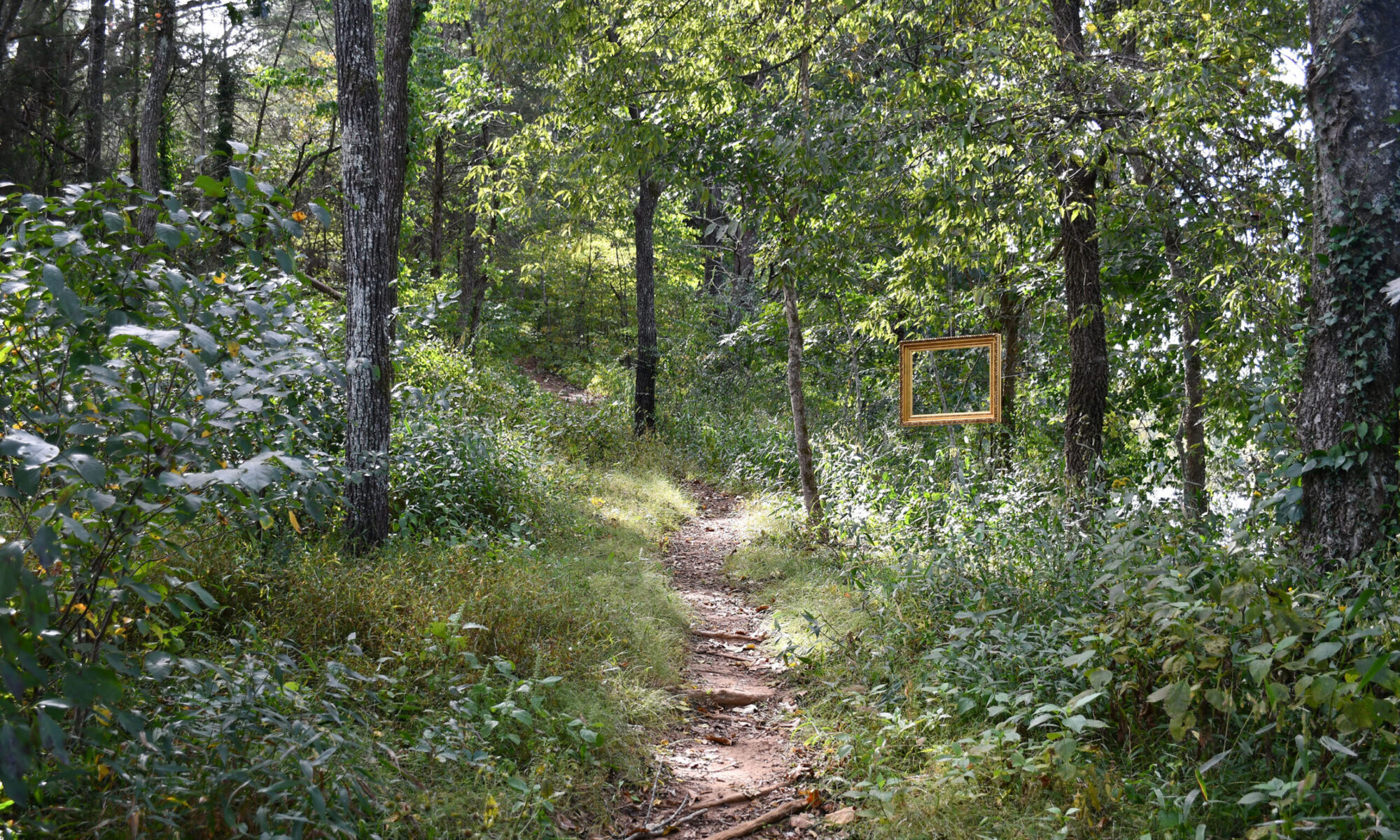Violence is now the leading cause of death among youth. Many were positively sure that the skyrocketing rate of violence was due to the degrading effect of music and gaming on impressionable minds; gang culture; fatherless homes; poverty; mental illness and/or generational trauma. Millions of dollars have been allocated to research institutions and think tanks to investigate causal relationships and remedies to violence. “Black Lives Matter” and “Stop the Violence” are familiar slogans to elevate expectations and hope that the self-inflicted violence of the Black social scene goes away and that the police exercise humane practice in the street and neighborhoods. In fact, as I am reminded by a Sudanese soldier, hopelessness kills. So, where and how does hope grow?
The correlation between property and violence is generally acknowledged in the notion that rural areas are safer than cities. Many families send their children to “the country,” off to summer camp or community centers to help fashion improved outlooks and behaviors because it works. Studies confirm that greater access to greenspace equates to better personal health, community safety and national growth. Recent trends of urban exodus for land possession in rural areas highlight the dissatisfaction of local housing policies and city services to address family centric concerns.
A recent study by Virginia State University in Richmond, Virginia correlates the connection between violence and delinquent property taxes. “Violence events tend to cluster together geospatially” it informs. Residential instability, including delinquent property taxes and the loss of one’s home was determined to be in large measure the cause of violence in communities – linked to greater neighborhood disorganization, distress and deterioration. Recently, Richmond City Council wrestled with whether to reduce property taxes to alleviate the well documented burdens of owning a home in Richmond. In addition to having the second highest rate of eviction in the United States, Richmond’s property assessments increased by an average of 13% citywide last year. Programs such as PILOT (payment in lieu of taxes) and LOOP (long-term owner occupancy program) are presently being considered. Southside Richmond has already experienced the devastating phenomenon of homeowner displacement; and the statistics of violence continue to grow.
Renters are also experiencing the devastation – now understanding the ramifications of a well-intentioned but ultimately miscommunicated eviction support program that now has thousands of people in court and crossing over to not having shelter. The priority remedy for city officials is to build “affordable homes,” apparently at the expense of open spaces that vulnerable communities desperately need. Square foot by square foot, acre by acre, historically disenfranchised communities experience the withdrawal of meaningful community engagement, services and access to community facilities and land. Places to play, places to meet for creative solutions, and spaces to socialize or just breath are all central to a healthy human existence. If we want to eliminate space for violence, then we must increase spaces and activities for peace.
The formula to design and support spaces for peace must also encourage authentic communication and incorporate sustainability values such as legacy. It is the social responsibility for everyone to support the inclusion and growth of happy people and environments, and in the words of Dr. Martin Luther King Jr., to let justice flow like a mighty river for successful initiatives. Without environmental and property priorities, peace will be elusive. Land is health and wealth.
